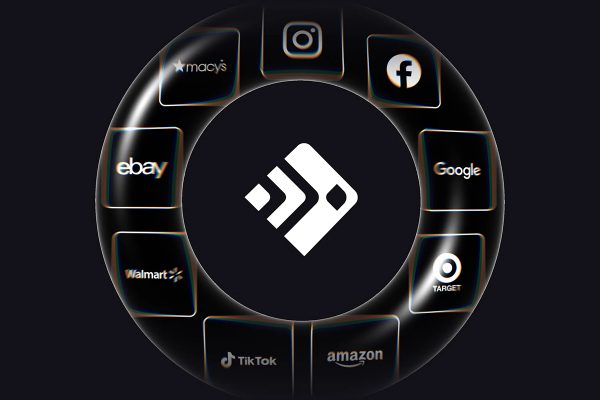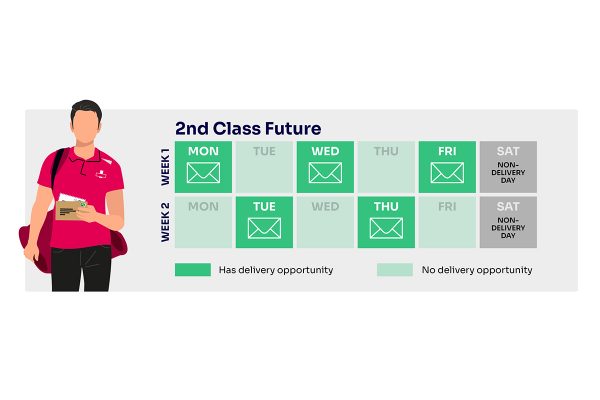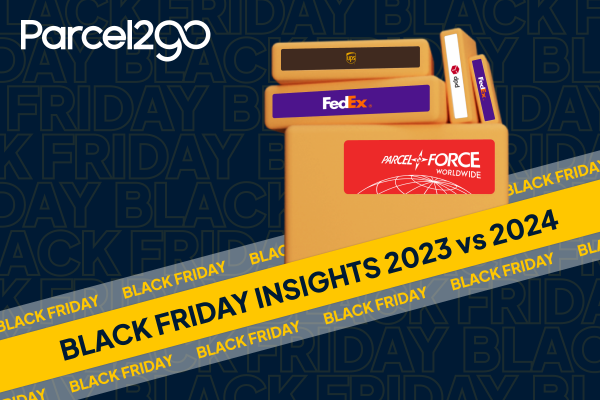Jim Herbert, vice president and general manager EMEA at BigCommerce, discusses how to stop Gen Z consumers from getting distracted and reduce cart abandonment from your website and marketplace listings:
As retailers adjust to the ever-changing landscape and shifting consumer spending behaviours due to COVID-19, there is an urgent need to reengage customers in order to recoup sales lost during the lockdown, shift excess stock, and fight to ensure conventional store estates remain viable in the future.
The shift to online shopping has been a steady one over recent years, consolidated more recently by the pandemic. Nielsen data showed that UK online sales surged by more than 100% in May 2020 and findings from Banking & Payment Federation Ireland (BPFI) suggest that this trend is here to stay, with consumers currently shopping online more likely to continue to do so.
Consumer purchasing power online
The focus for all retailers therefore is incorporating ecommerce into their sales strategy. Retailers not only need to drive shoppers to their ecommerce site, but once there, they need to maximise efforts to encourage greater sales, repeat shopping, and lower cart abandonment.
According to new research by Klarna and BigCommerce, nearly one-fifth (17%) of UK shoppers admit to abandoning items already in their online cart once a week. Ultimately, every abandoned cart represents a dent in retailers’ revenues and a sale potentially lost to a competitor.
LinkedIn has reported that Gen Z has an estimated purchasing power of $44 billion annually. This generation is the most tech savvy yet, with 32% of transactions carried out on mobile devices. At the same time, Gen Z is most likely to abandon their online shopping cart at the last minute, with 30% doing so more frequently than once a week. Close to three in ten 16-24 year olds reported being distracted by a text or social media notification was reason enough for abandoning their cart. Capturing attention to harness this current and future purchase power will be vital.
How retailers can address cart abandonment
Customers want a smooth and satisfying purchasing process. There are six key aspects marketplace sellers should bear in mind to provide the ultimate customer experience:
Convenience
If it’s not easy to purchase a product, then consumers simply won’t bother. How easy a website is to use is a key consideration in the purchasing process. The same goes for the whole sales process. From flexible payments to faster deliveries, offer a range of options at checkout to cater for all your customers’ needs. Convenience is something that marketplaces do really well and merchants would be wise to replicate similar functionality on their own branded sites.
The range of payment options available is also vital. With a proliferation of services like Apple Pay, remembering card details can be time consuming and off-putting.
Stand out
When selling on a marketplace, the merchant has less control over aspects such as checkout and shipping. Product detail therefore is critical, particularly on marketplaces compared to branded sites. When a consumer goes to a place like Amazon, they tend not to be looking for a specific brand. Merchants need to ensure that they have detailed product names, to better appear in searches.
Similarly, competition is incredibly fierce on marketplaces – your brand is surrounded by dozens, if not hundreds of similar products. The information you make available on your page is crucial to ensuring that your customer has all the information they need to make an informed product decision.
Speed
The speed of the checkout process is important. Collecting only essential information means transactions can be completed quickly. On branded sites, the payment and address fields should be pre-filled for returning customers, to allow purchases in just one click.
Website speed can make the difference between buying and bailing. Include images, but make sure your website is limited to the data loaded as visitors navigate through product listings.
Recognition
A quarter of people would abandon a purchase if the website doesn’t remember them. For 16%, a lack of biometrics at the checkout – for example facial recognition or fingerprints to auto-fill their details – would cause them to bail. Remembering preferences and details, and from that personalising the experience makes a significant difference to completion rates.
Safety
As a retailer, you might think you have all the proper security protections in place, but customers need reassurance too. While on marketplaces this tends to be standard, on branded sites trust badges and seals, logos of your payment providers and the little “lock” icon on the browser all add to a customer’s feeling of security.
With shoppers having reservations about returning to the high street, the ecommerce environment needs to reflect the best of the instore experience, from the comfort of their own home.
Customer service
Customer service becomes ever more important, with the reduction in human interaction introduced by shopping online. Offering a variety of communication methods, including email, chat and phone, with clearly outlined hours of availability, will ensure customers feel confident they can ask questions during their shopping journey.
Personal customer service is harder to do on a marketplace, than your own site, so consider other opportunities for engagement, such as social media. Use these platforms to connect with customers on a more personal level, not just to showcase products.
In summary
Cart abandonment is a significant challenge for retailers looking to replace lost in-store sales, a challenge which is only going to get bigger with Gen Z and its successors. Ever evolving the commerce process to make it as safe and easy as possible, while reflecting changing preferences for personalisation and recognition, will be key for long-term success.









